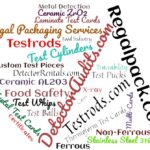
Unleashing A Total Inspection Provider, the Regal Advantage
January 1, 2025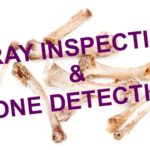
The Backbreaking Burden of Finding Bone
March 1, 2025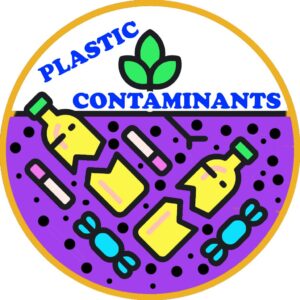 Plastic Contaminants
Plastic Contaminants
The battle in food safety encompasses a wide variety of issues. In addition to the struggle against food borne pathogens and allergens, there is the ever-present need for detection of metal and plastic contaminants. And each company in the food industry will need to determine the best means for contending with these challenges. Some will find the challenge of plastic contaminants especially difficult because it may require an image scanning technology (perhaps augmented by AI) to effectively filter out and reject the unwanted material. Plastic can occur in an array of colors and sizes.
A recent article in Food Safety News outlined an application in which “Protein powder [was] recalled because of plastic [contaminants].”2 For obvious reasons, no company wants to face this kind of situation. A recall not only affects consumer safety (the most critical concern) but also a company’s bottom line. It means loss in time, product and all the other associated costs that go into producing and shipping a particular food and then paying for it to be returned.
“Most commercially available … vision systems work best for regularly structured and/or manufactured elements. Organic items such as potatoes and apples, or shrimp and fish have inherent irregularities and variations that require more complex computer vision systems.”1
Here at the Testrods.com division of Regal Packaging Services, we’re working hard to meet the challenge with plastic contaminants that are not only uniform but also color variable, yet consistent. We’re researching a variety of plastics and colors with a vision to simulate the diverse plastics that may occur as impurity in each application. In a growingly aggressive food safety culture, we realize it’s about more than just metal detection and x-ray inspection. We’ve successfully mastered the contaminant simulate for those two types of machinery and have been doing it for 25 years. But today, customers are increasingly asking us for what, in some ways, is the next phase product in the evolution of food safety and contaminant detection, something that will work with image scanning technology.
In a recent customer test, we were able to successfully mimic 5 different kinds of plastic contaminants. And we can do that in a variety of customized sizes without incurring exorbitant pricing for the customer. Sizing, in this kind of situation, doesn’t require NIST certification, because the plastic being simulated doesn’t need to produce a specific signal on the machinery the way a metal detector or x-ray inspection system might require. It only needs to mimic the plastic contaminant (or some other non-plastic material). And within certain limitations, the size can be specified by you, the customer. In this case, we simulated 7.0 x 7.0 x 7.0mm sizes of plastic contaminants.
You can imagine how difficult it might be, without some kind of standardized test pieces, to set up a vision system so that it proficiently finds and rejects multiple variations of plastic contaminants. The machine will need some set of reference points to evaluate the difference between the product and the plastic. It may require a bit of conversation and a little bit of testing to determine what will work in a certain setting with a specific product, but it is more than reasonably possible for us to find what is needed.
We have the experience to meet the difficulties of testing for plastic contaminants in your application. No other company is uniquely qualified to understand the issues of contaminant detection.
Give us a call at 866-691-8560 or email us at testrods@testrods.com and we’ll do our best to meet the challenge of finding plastic contaminant in your production process.
- https://www.smartvisionworks.com/
- https://www.foodsafetynews.com/2023/10/protein-powder-recalled-because-of-plastic-pieces/

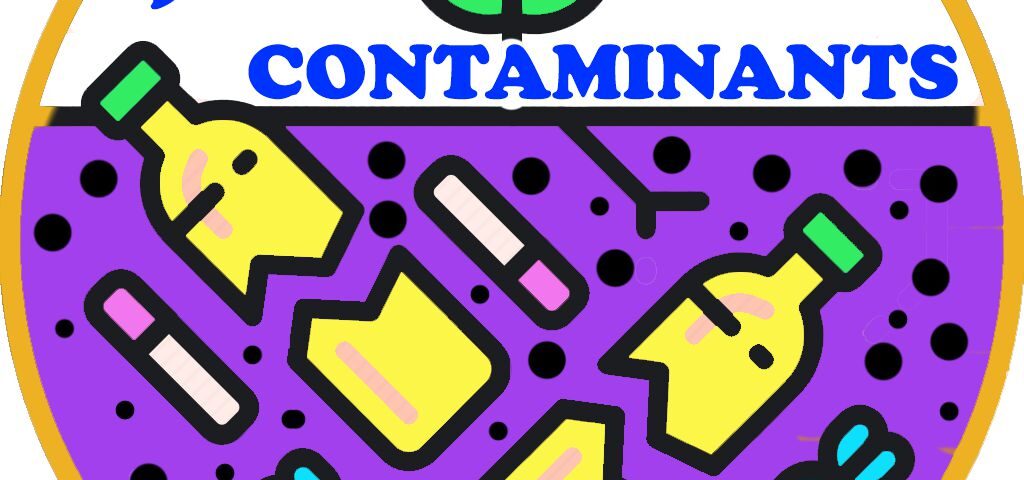
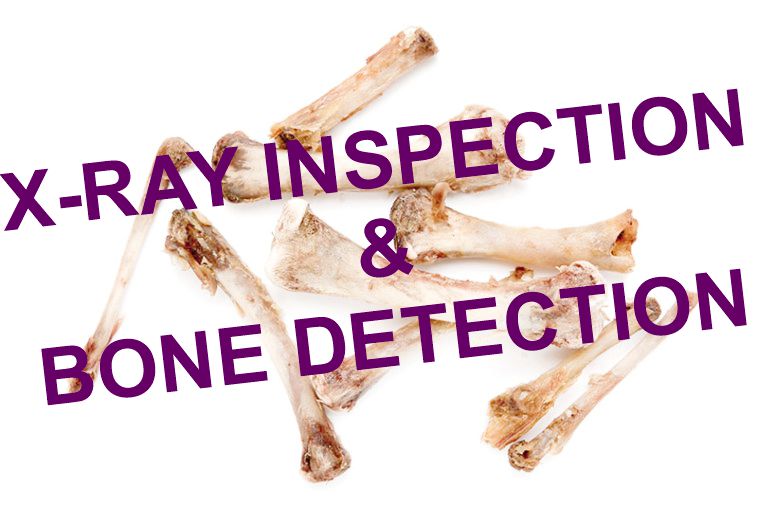
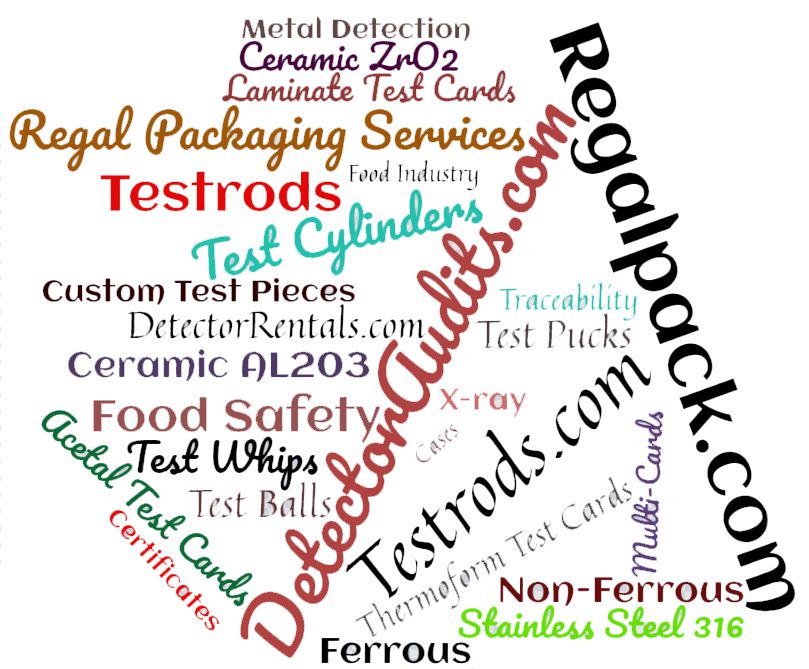

4 Comments
Excellent write up BK!
Thanks, Bob. Testrods is working hard to meet the demands of vision systems. We can create customized solutions for our customers and are happy to walk through the potential design details as needed.
Interesting article. Thank You, Gentlemen.
Thanks for taking time to read. It can be a bit of art form using X-ray and vision systems. Getting the appropriate colors and setting test standards is especially critical in vision systems.